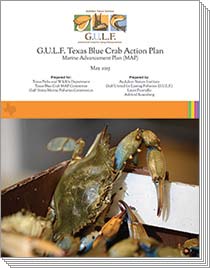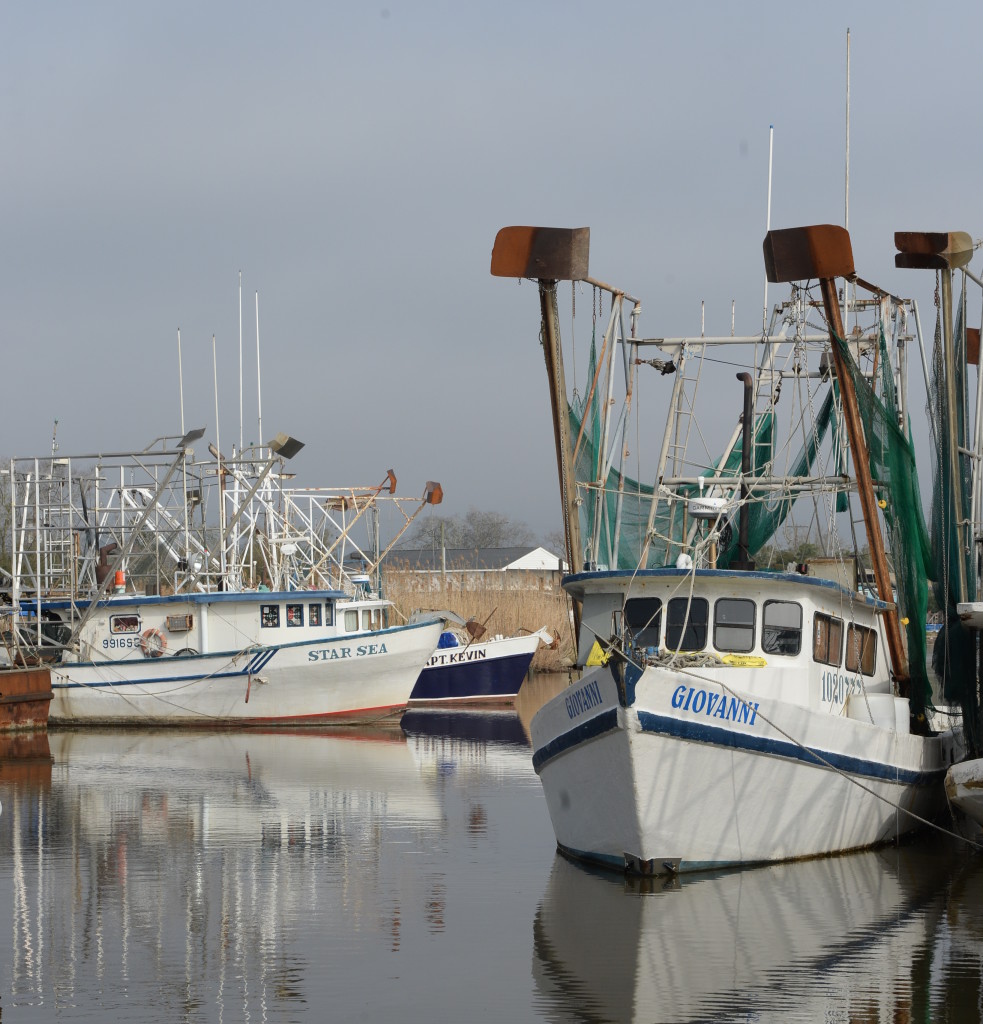 Shrimp is the largest fishery in Louisiana, with 109 million pounds worth approximately $227 million landed in the state in 2014. Sustainability is vital to keep the delicious shrimp harvested in Louisiana and Gulf waters available for consumption, to ensure the health of the ecosystem, and to support the livelihood of the shrimpers who work so hard to bring America’s most popular seafood to the docks.
Shrimp is the largest fishery in Louisiana, with 109 million pounds worth approximately $227 million landed in the state in 2014. Sustainability is vital to keep the delicious shrimp harvested in Louisiana and Gulf waters available for consumption, to ensure the health of the ecosystem, and to support the livelihood of the shrimpers who work so hard to bring America’s most popular seafood to the docks.
In 2010, a Fishery Improvement Project (FIP) for Louisiana shrimp was initiated by Sustainable Fisheries Partnership (SFP) in collaboration with the Louisiana Department of Wildlife and Fisheries, Paul Piazza & Son, Inc, Gulf Island Shrimp, and National Fish & Seafood. The FIP was successful in meeting its original improvement goals, including the development of a Louisiana Shrimp Fishery Management Plan, which was released in May 2015.
In summer of 2015, SFP passed their role in the FIP on to Audubon Nature Institute’s Gulf United for Lasting Fisheries (G.U.L.F.). In fall 2015, two sustainability assessments were carried out for the Louisiana shrimp fishery highlighting the significant steps taken by the fishery and identifying remaining areas with opportunity for improvement.
Last week, during a session at Seafood Expo North America, SFP gave the FIP high ratings for its progress over the last year. Through collaboration with management and stakeholders, G.U.L.F. will continue to facilitate the successful development of the FIP as it moves forward. More information can be found at AudubonGULF.org.
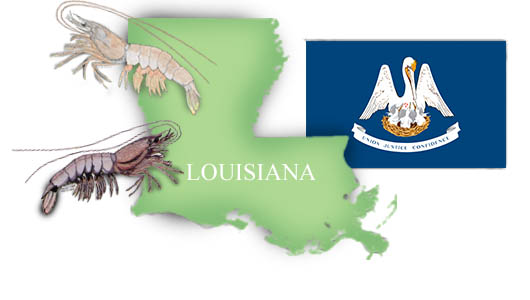
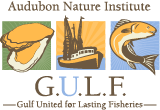
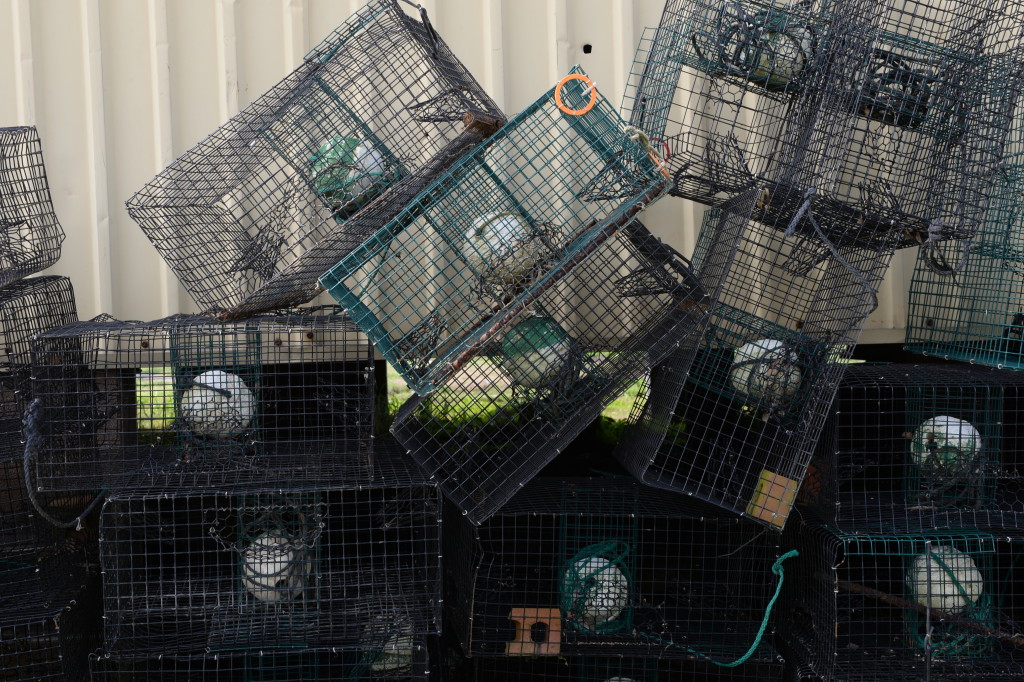 Traps are the most common way that blue crabs are harvested in the Gulf of Mexico, as well as along the Atlantic Coast. In the Gulf, traps were introduced as gear in the late 1940s and were the predominant gear by the 1950s. While they made harvest easier and more profitable for fishermen, problems arose especially regarding derelict traps.
Traps are the most common way that blue crabs are harvested in the Gulf of Mexico, as well as along the Atlantic Coast. In the Gulf, traps were introduced as gear in the late 1940s and were the predominant gear by the 1950s. While they made harvest easier and more profitable for fishermen, problems arose especially regarding derelict traps.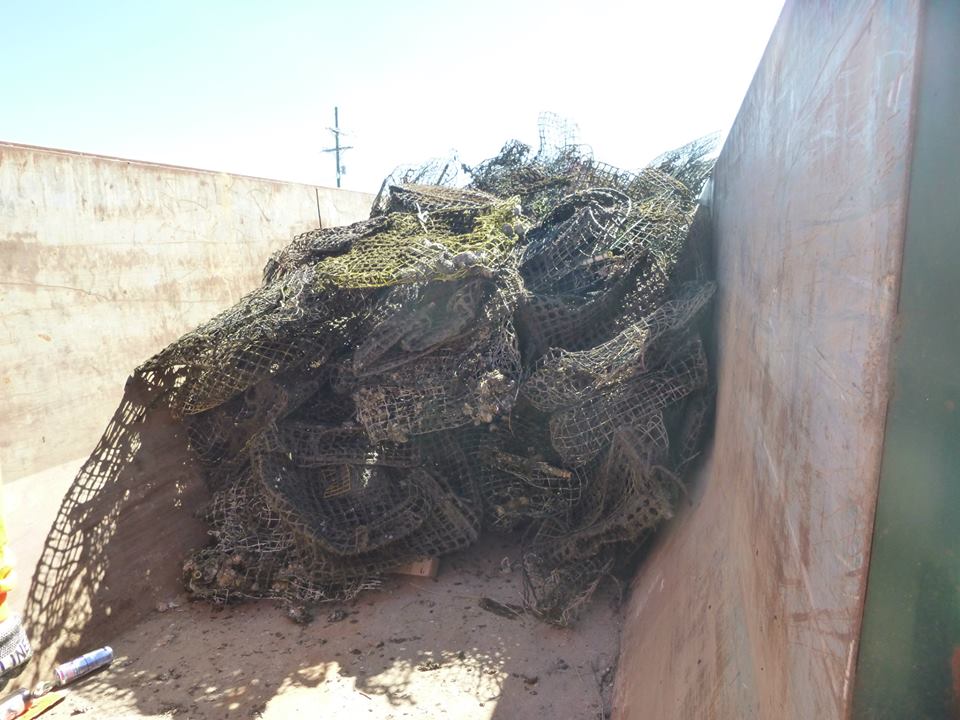 Once a trap is lost, it quickly becomes a hazard. Stray buoys and lines can be problematic for ships or boats and traps may be caught in shrimp trawls or ensnare recreational fishing lures. Ghost fishing poses a threat to animals in the area where the trap is lost. Ghost fishing occurs when lost gear continues to trap and kill animals, such as fish, crustaceans, reptiles, marine mammals, and sea birds. In the case of blue crab traps, the diamondback terrapin are a species of concern because they are listed as protected or endangered in some areas, and they share some habitat with blue crabs. Derelict cleanup efforts began in order to address some of these concerns.
Once a trap is lost, it quickly becomes a hazard. Stray buoys and lines can be problematic for ships or boats and traps may be caught in shrimp trawls or ensnare recreational fishing lures. Ghost fishing poses a threat to animals in the area where the trap is lost. Ghost fishing occurs when lost gear continues to trap and kill animals, such as fish, crustaceans, reptiles, marine mammals, and sea birds. In the case of blue crab traps, the diamondback terrapin are a species of concern because they are listed as protected or endangered in some areas, and they share some habitat with blue crabs. Derelict cleanup efforts began in order to address some of these concerns.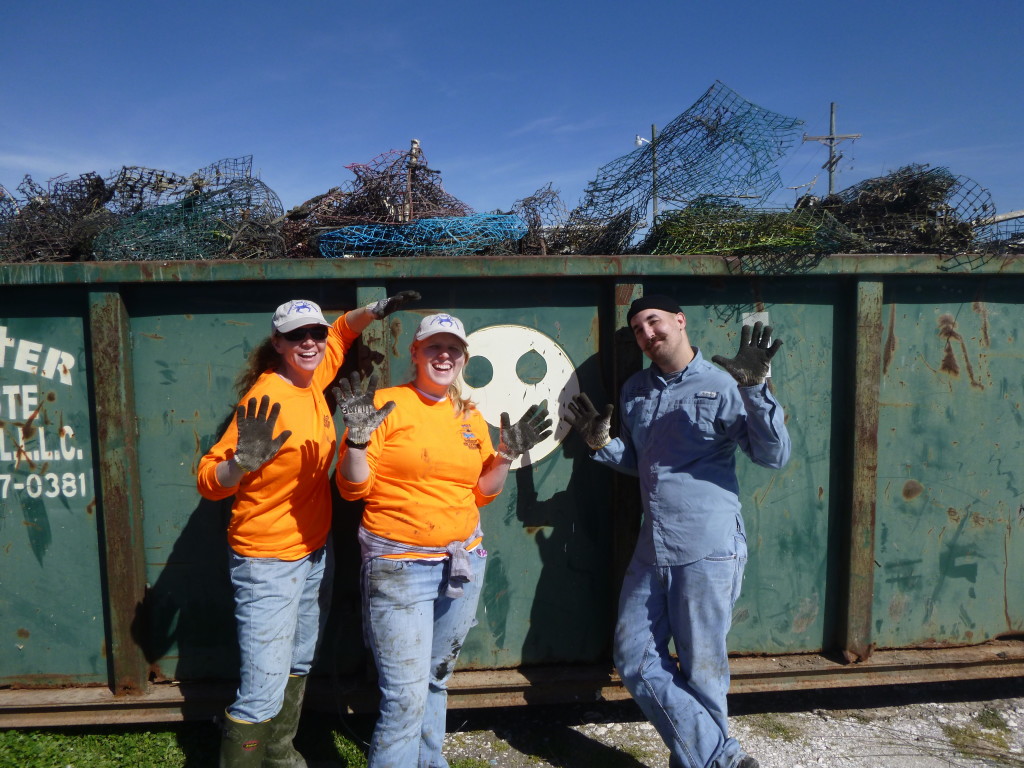
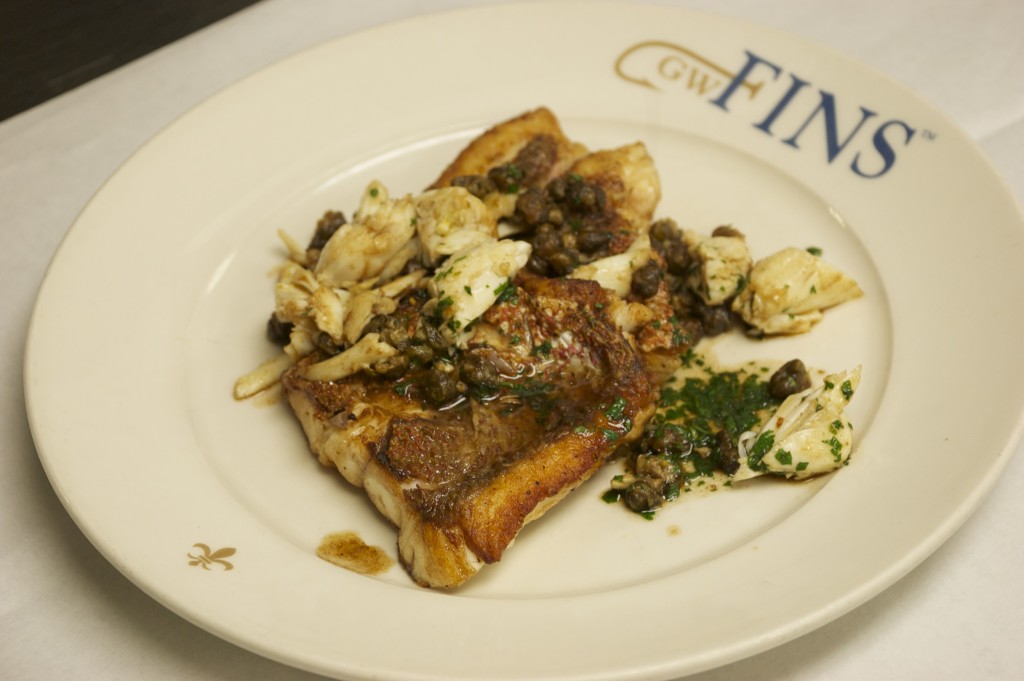
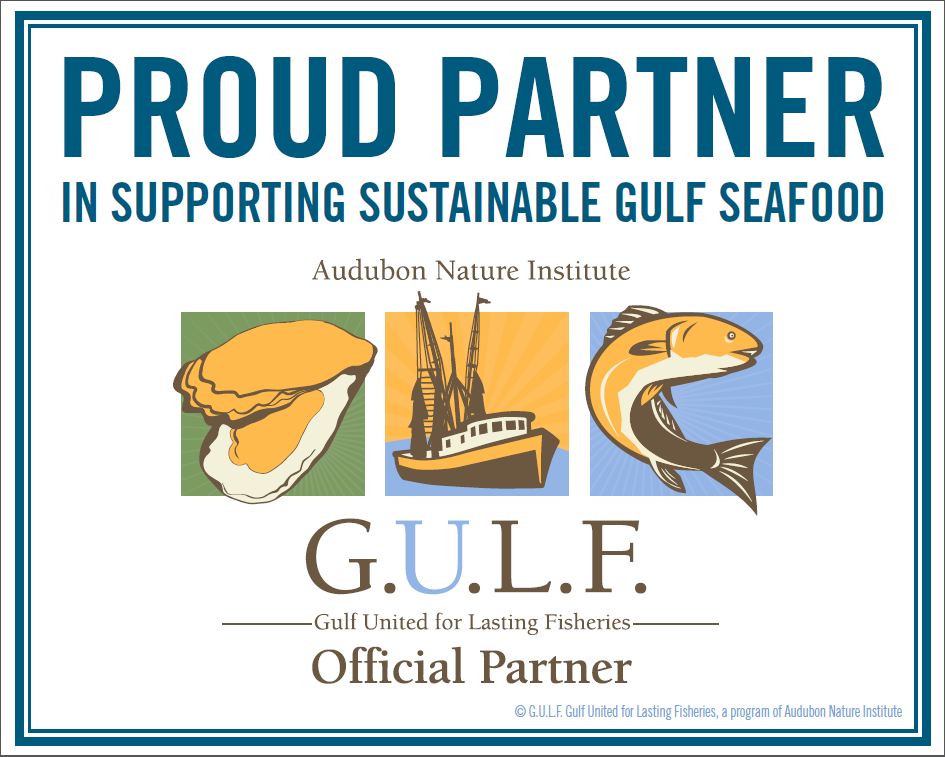
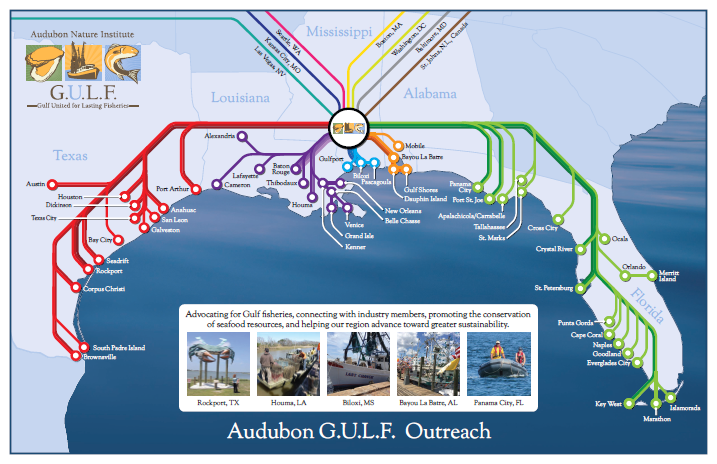
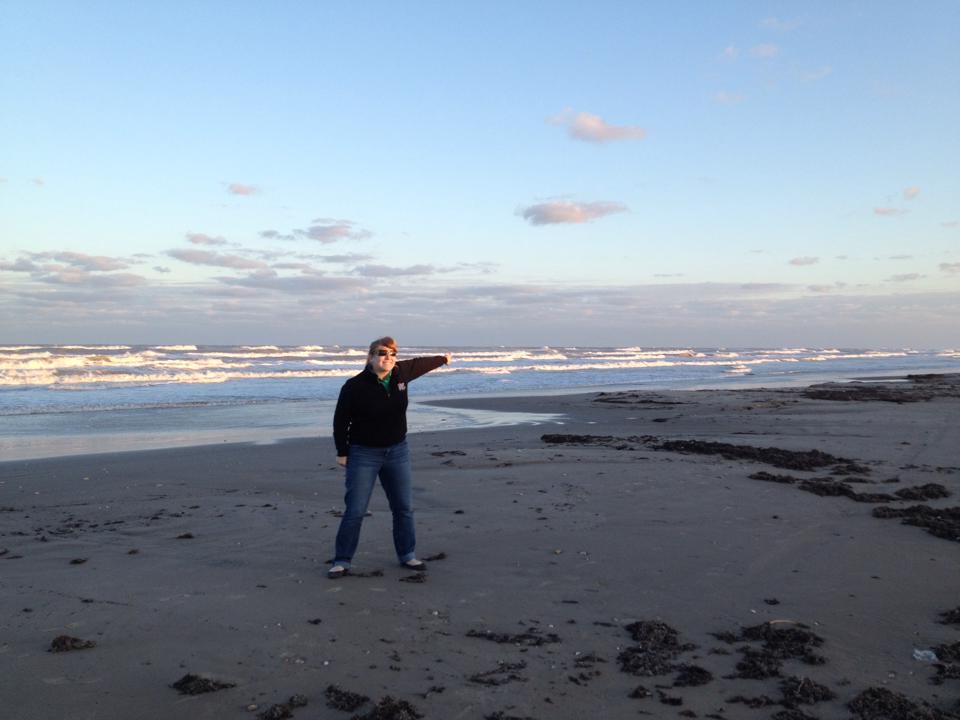
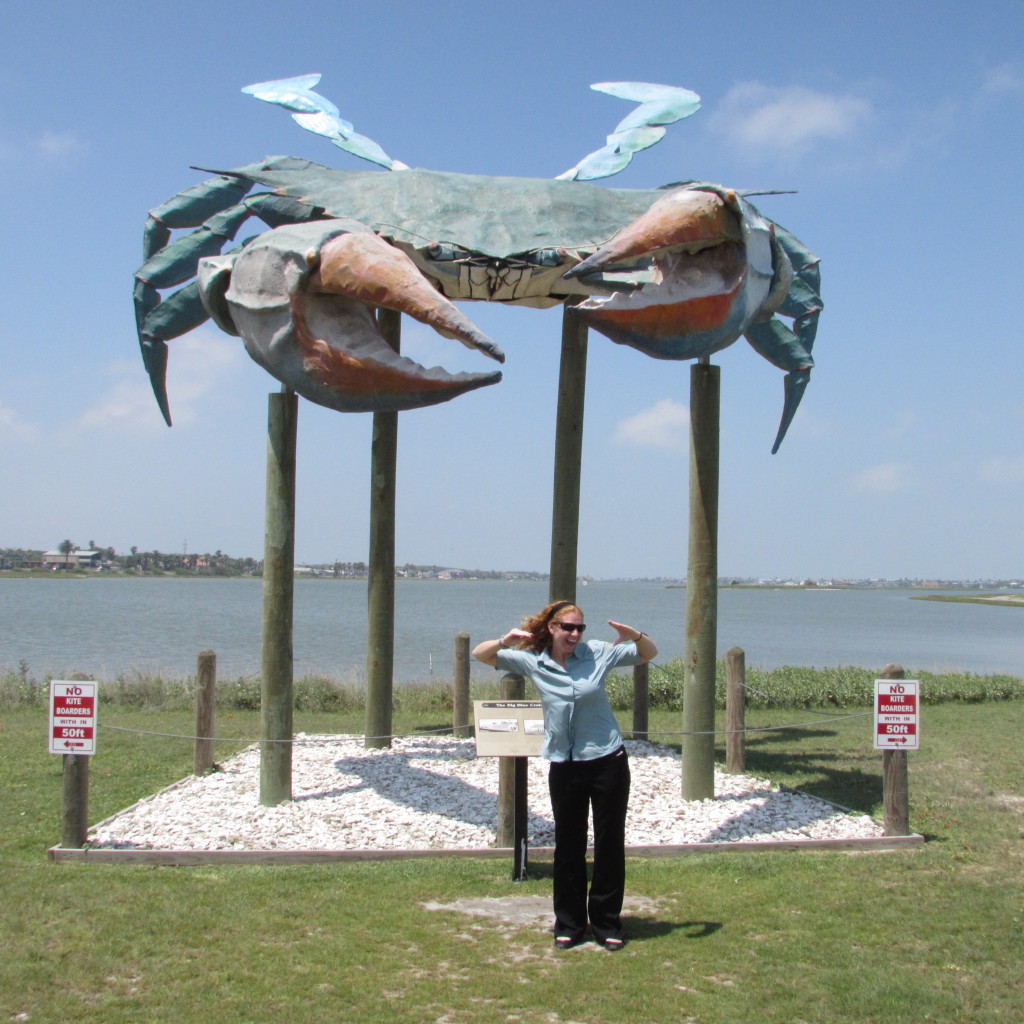
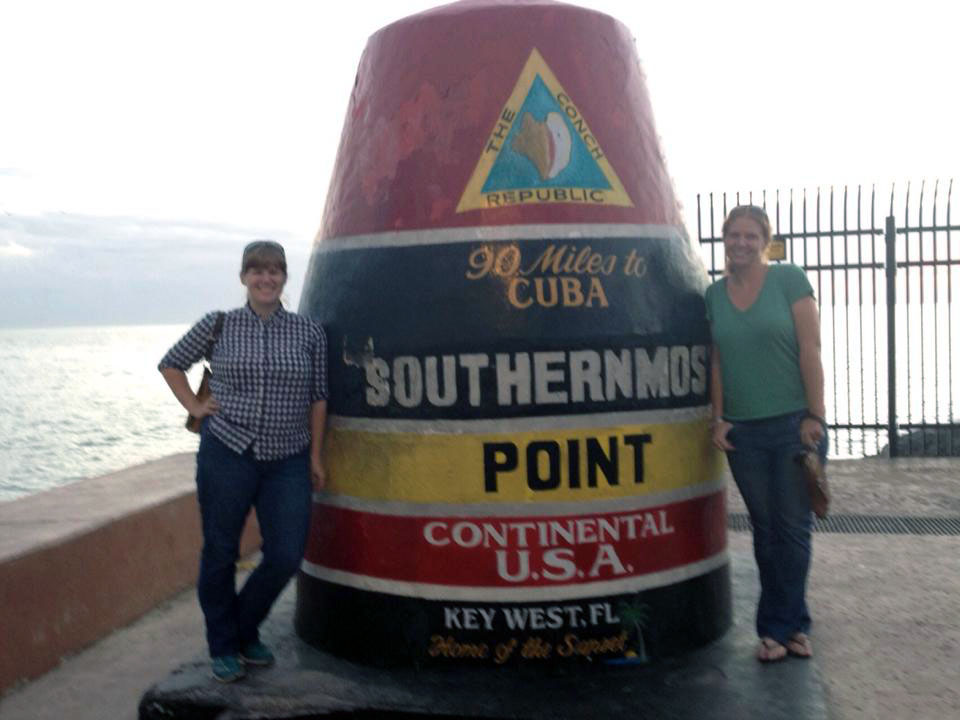
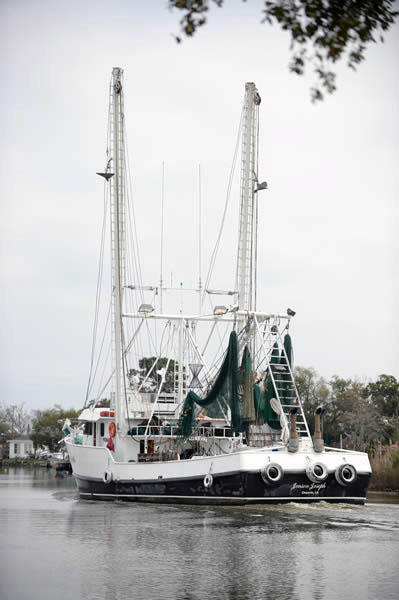 Today, Bill HR 668 passed into law, which repeals the 1987 law prohibiting state agents from enforcing turtle excluder devices (TEDs) on shrimp trawls in state waters. TEDs are installed in nets to allow endangered sea turtles to escape while shrimpers are fishing. Since 1987,
Today, Bill HR 668 passed into law, which repeals the 1987 law prohibiting state agents from enforcing turtle excluder devices (TEDs) on shrimp trawls in state waters. TEDs are installed in nets to allow endangered sea turtles to escape while shrimpers are fishing. Since 1987, 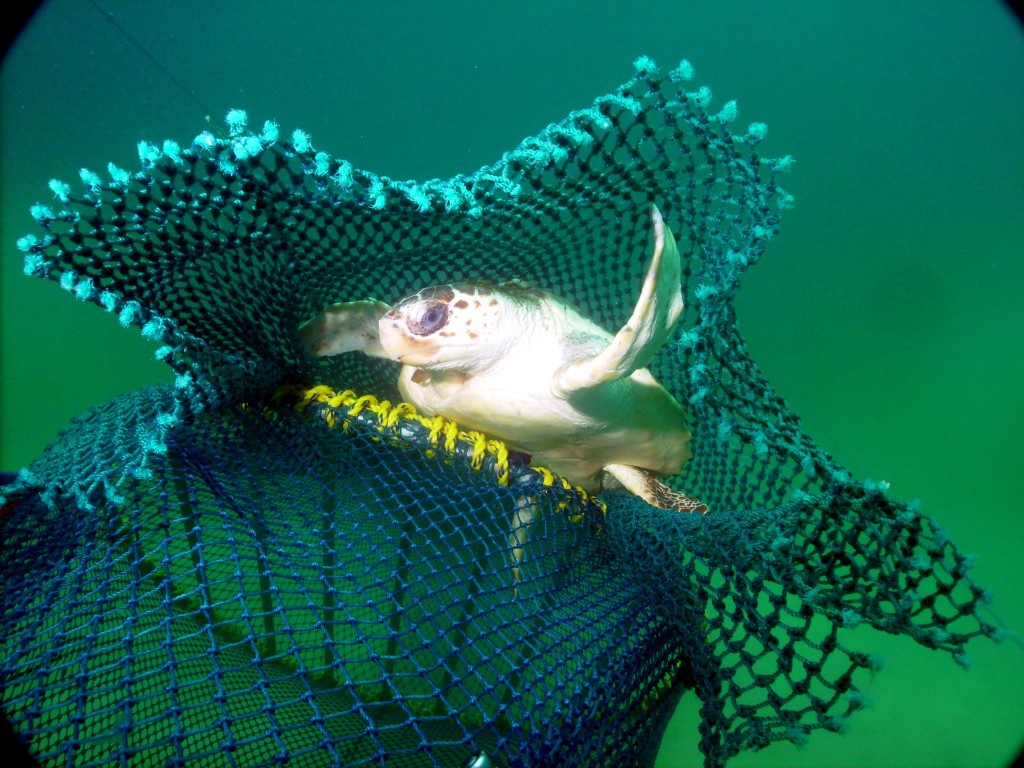 Shrimp is the largest seafood industry in the state of Louisiana, with a dockside value of $178 million in 2013. However, the inability of LDWF agents to enforce TEDs in state waters has damaged the reputation of the industry in some areas.
Shrimp is the largest seafood industry in the state of Louisiana, with a dockside value of $178 million in 2013. However, the inability of LDWF agents to enforce TEDs in state waters has damaged the reputation of the industry in some areas.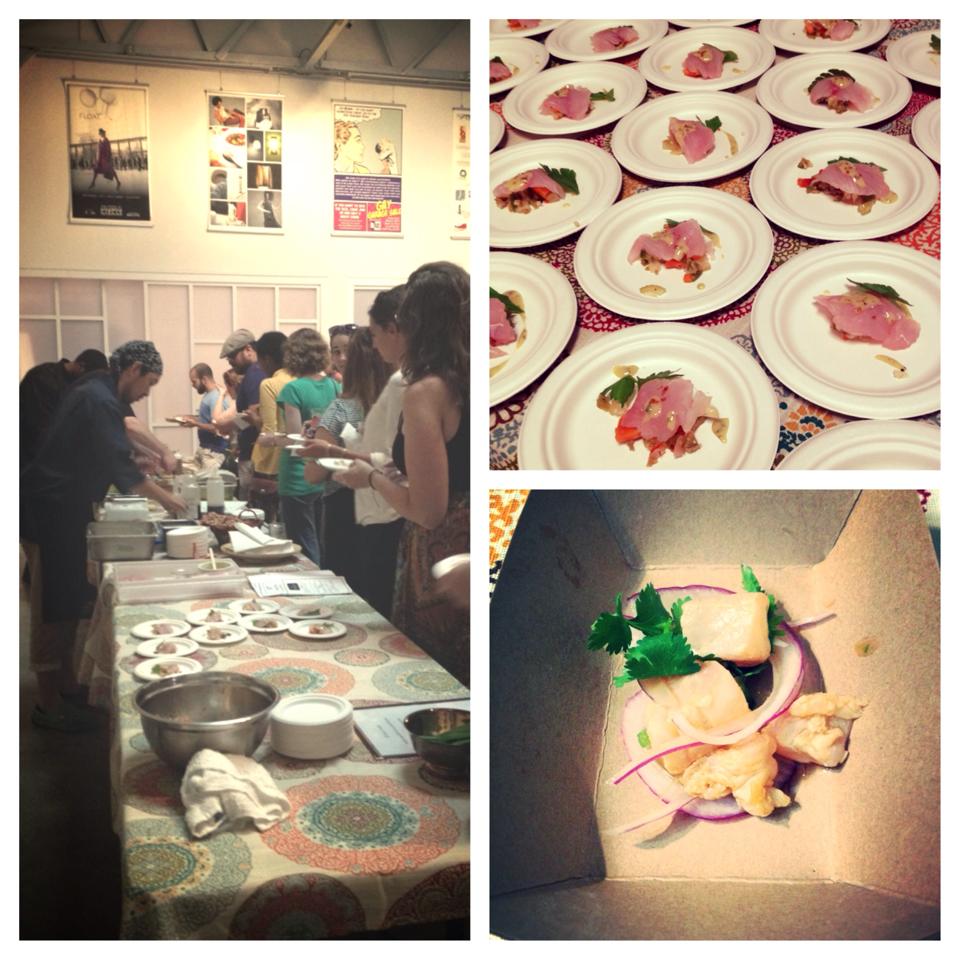 Bycatch, often referred to as “trash fish, ” is becoming a
Bycatch, often referred to as “trash fish, ” is becoming a 